Extwistle Hall
Now in ruins, the Grade II listed, Tudor style Extwistle Hall was built by the Parker family in the 16th century. Once land owned by Kirkstall Abbey, Exwistle passed to William Ramsden following the Dissolution of the Monasteries and then to Robert Parker. The Hall remained their seat until the tragic event of 1718.

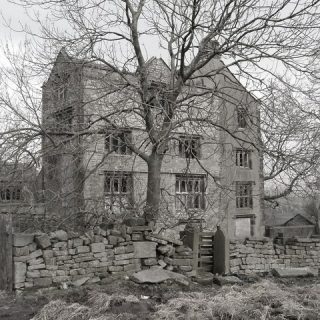
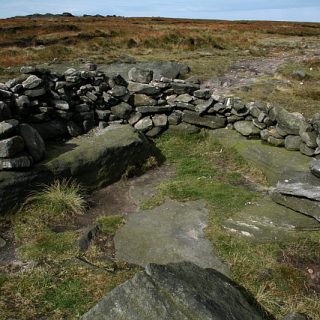
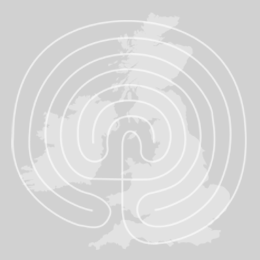
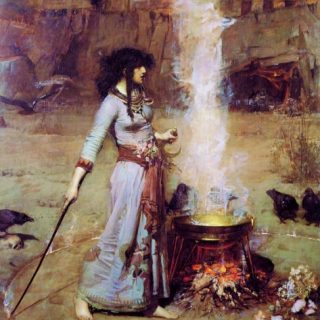
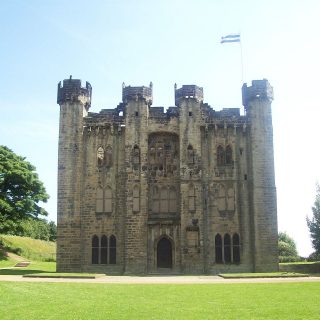

Recent Comments